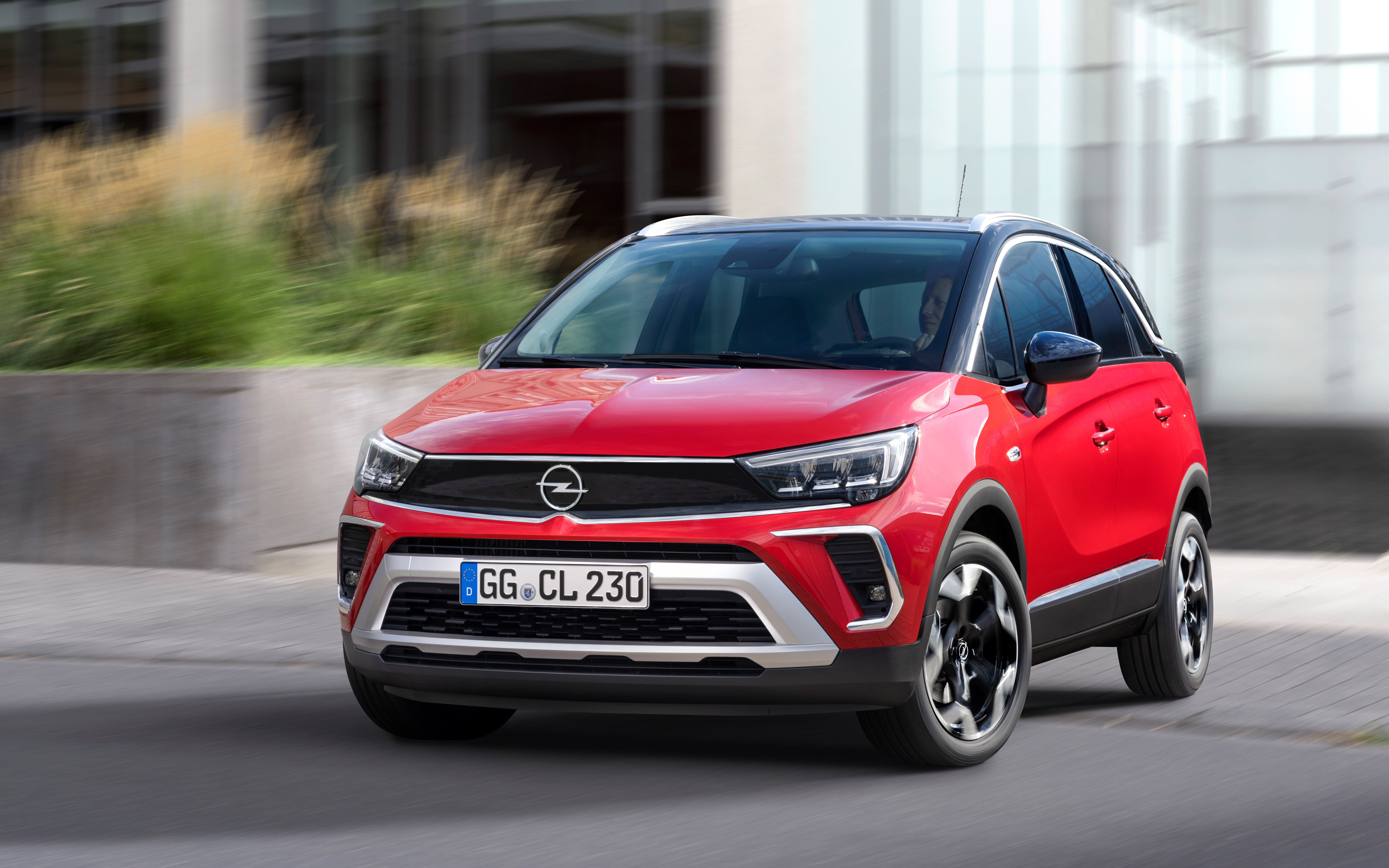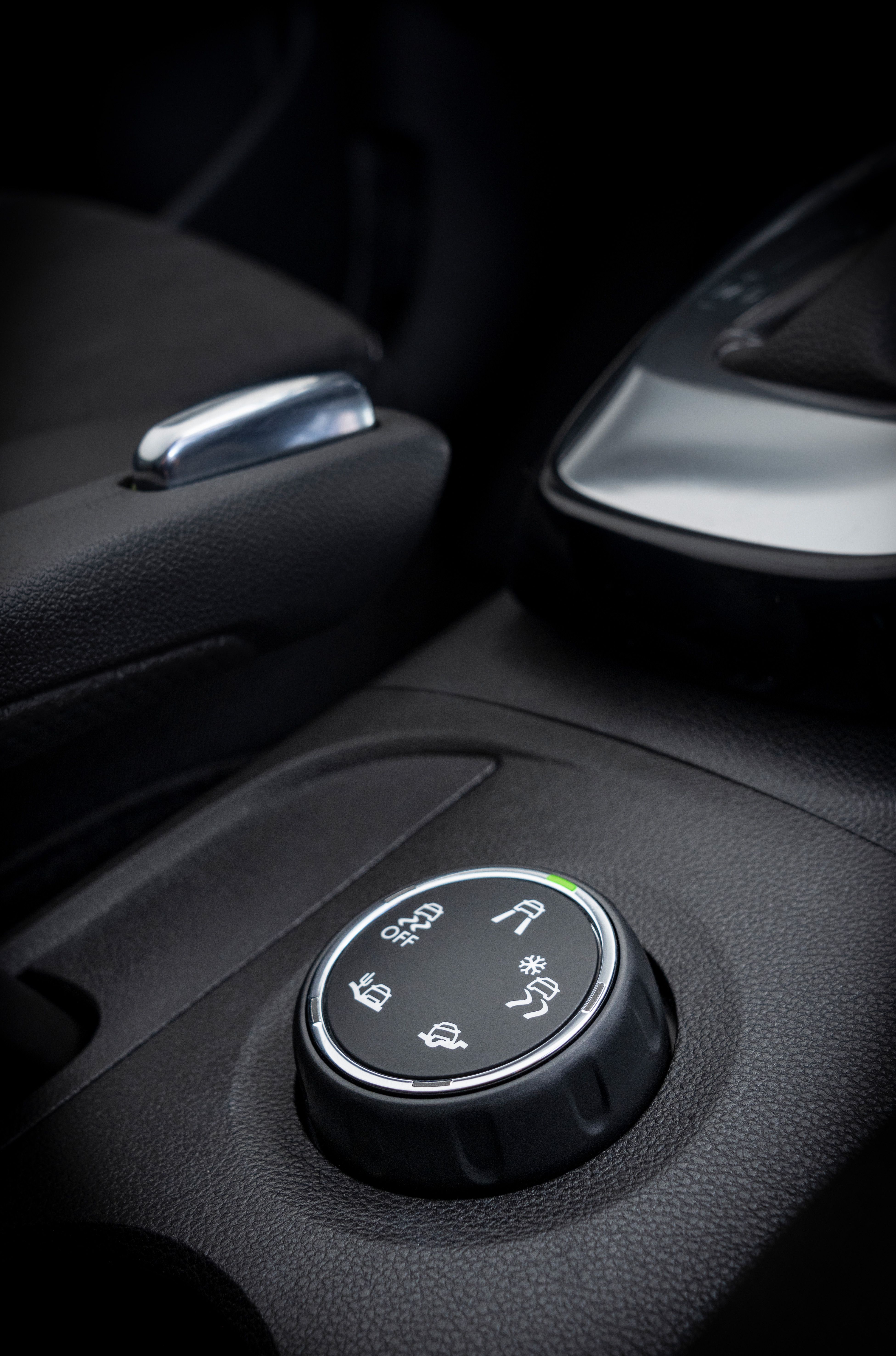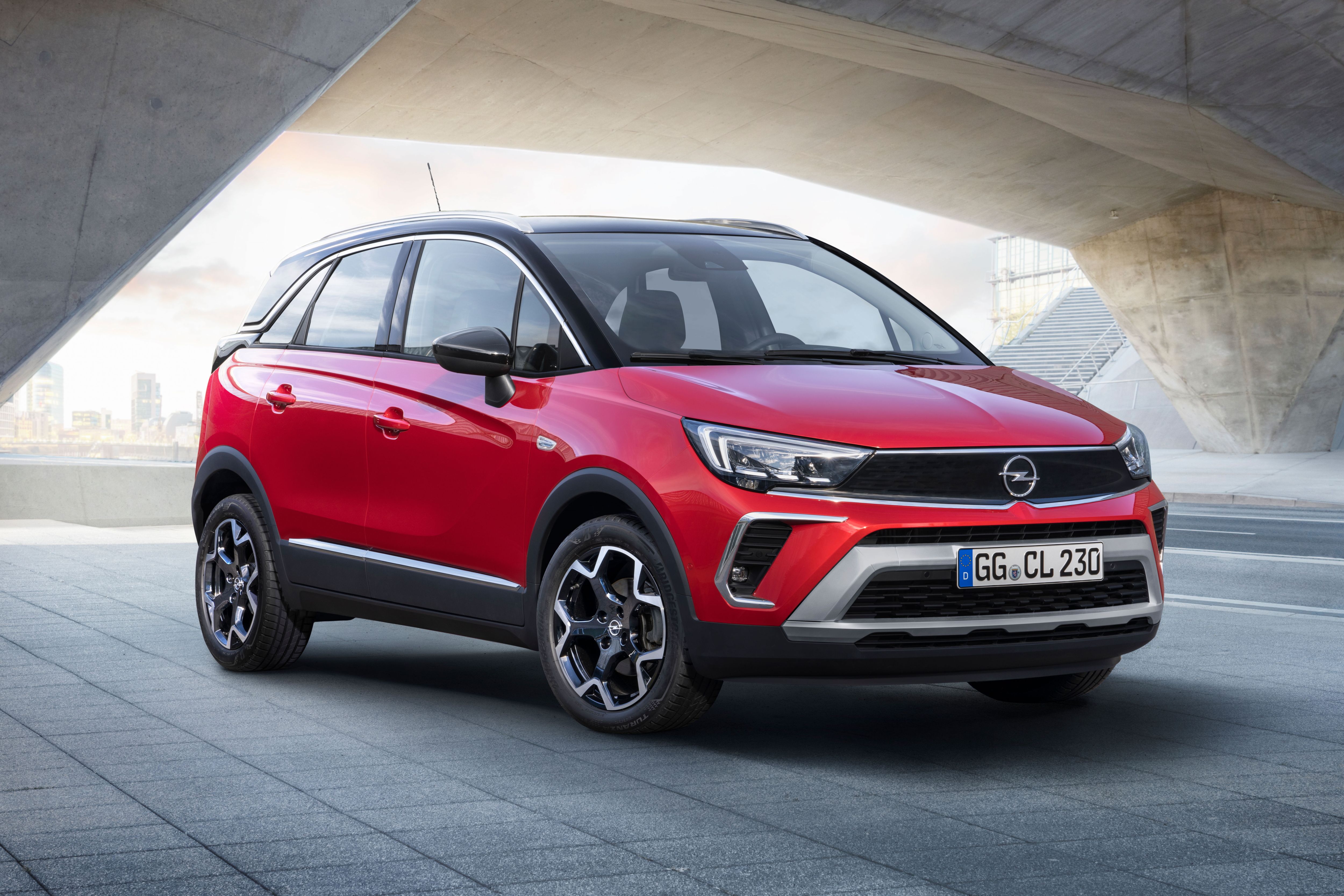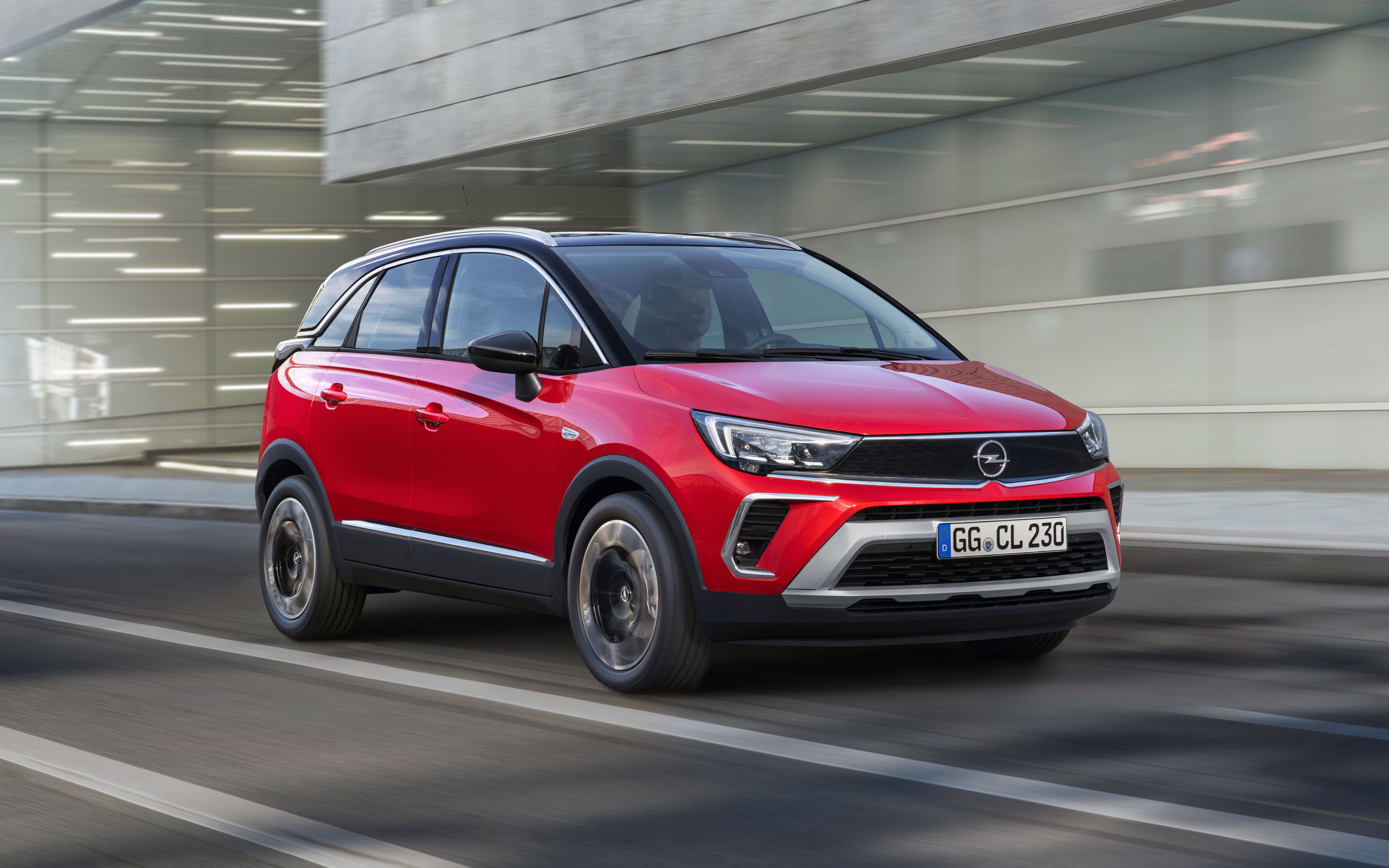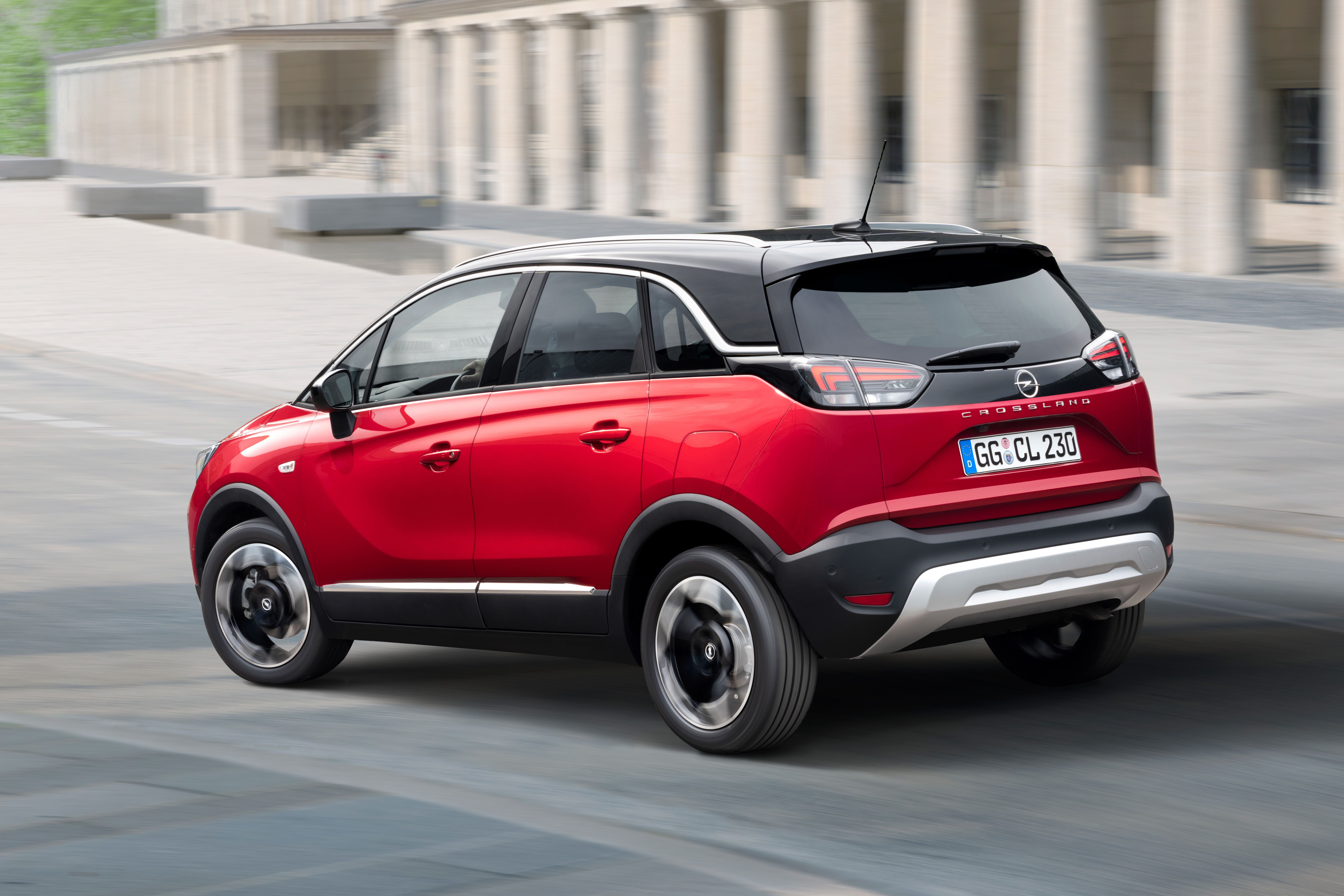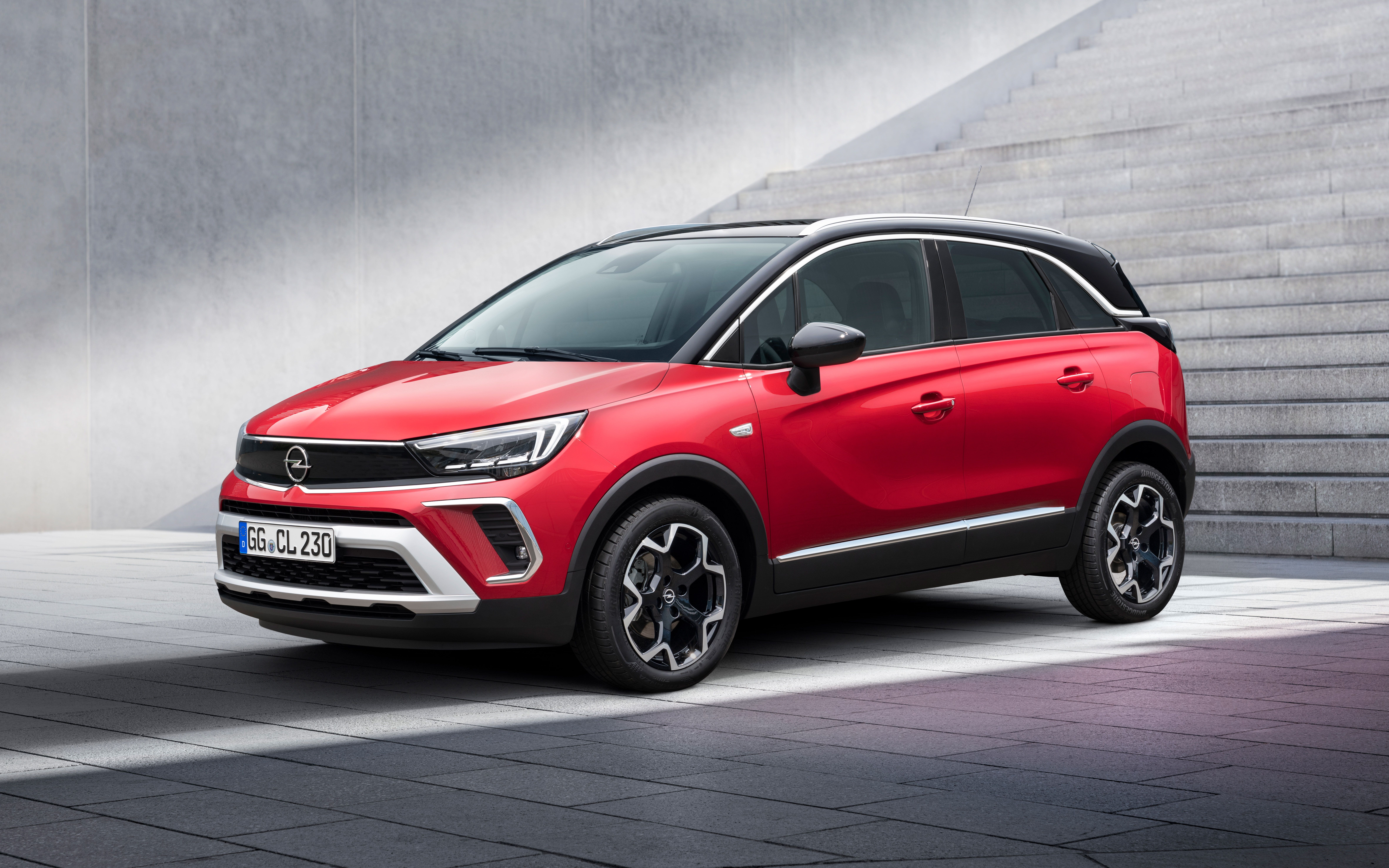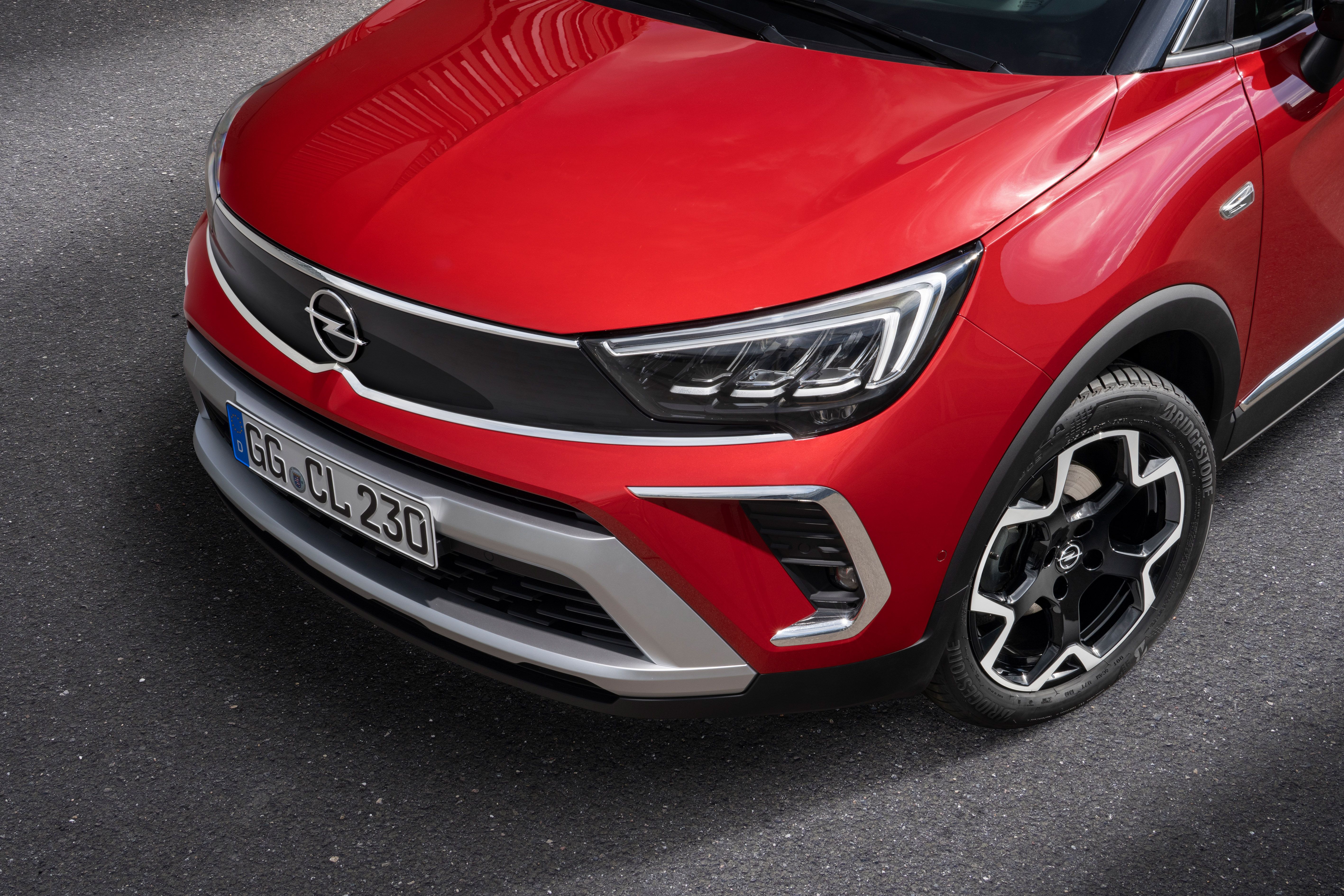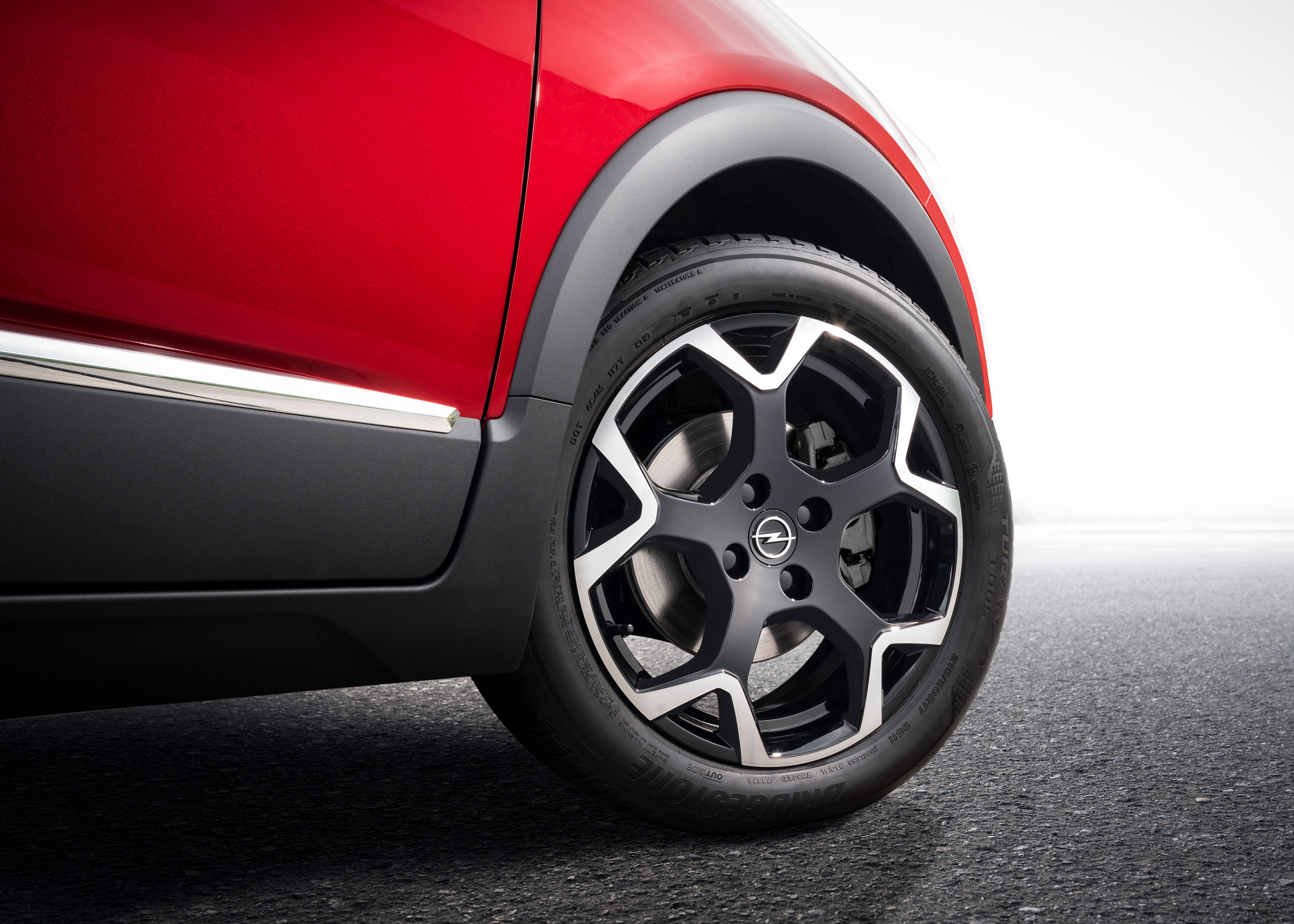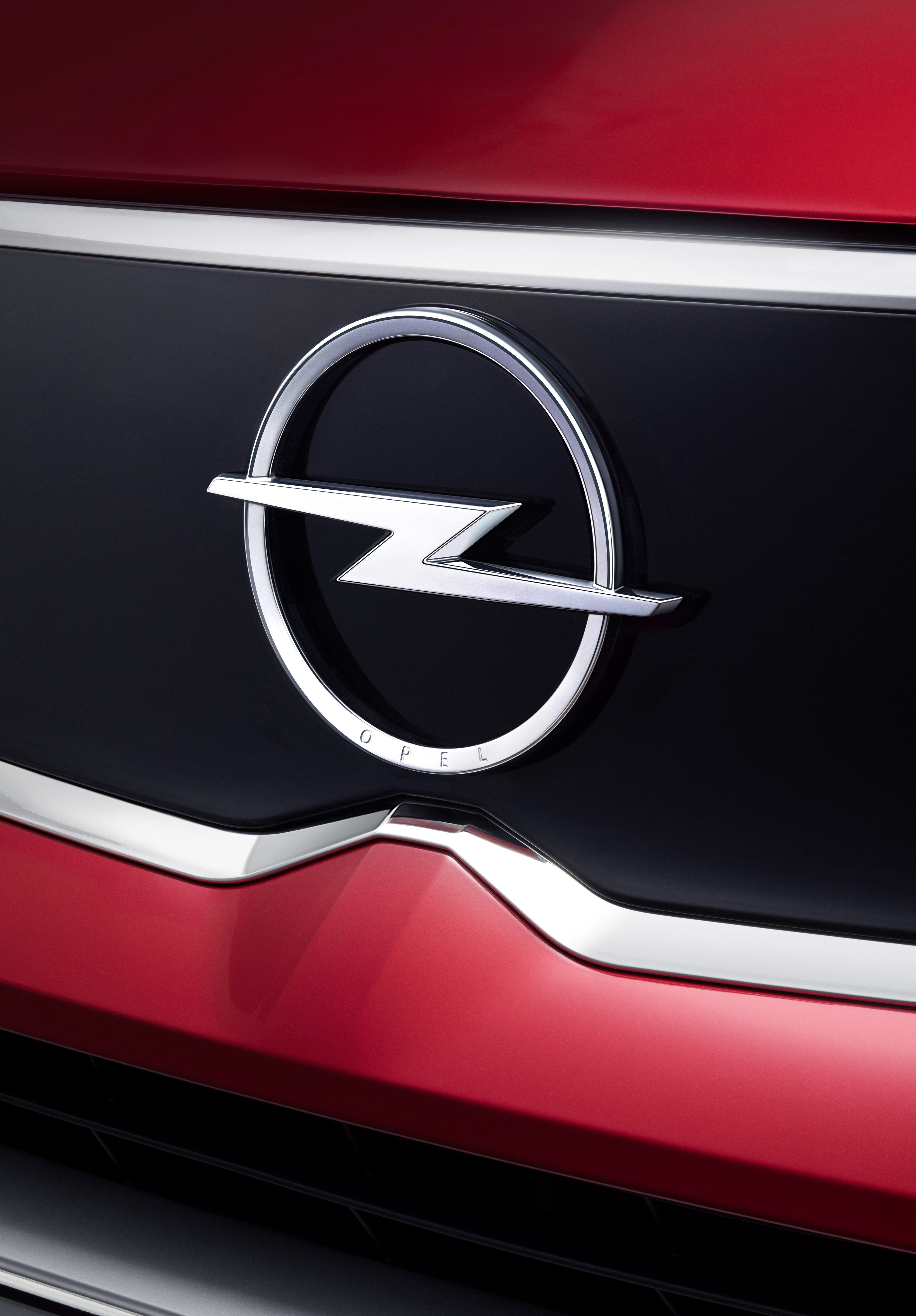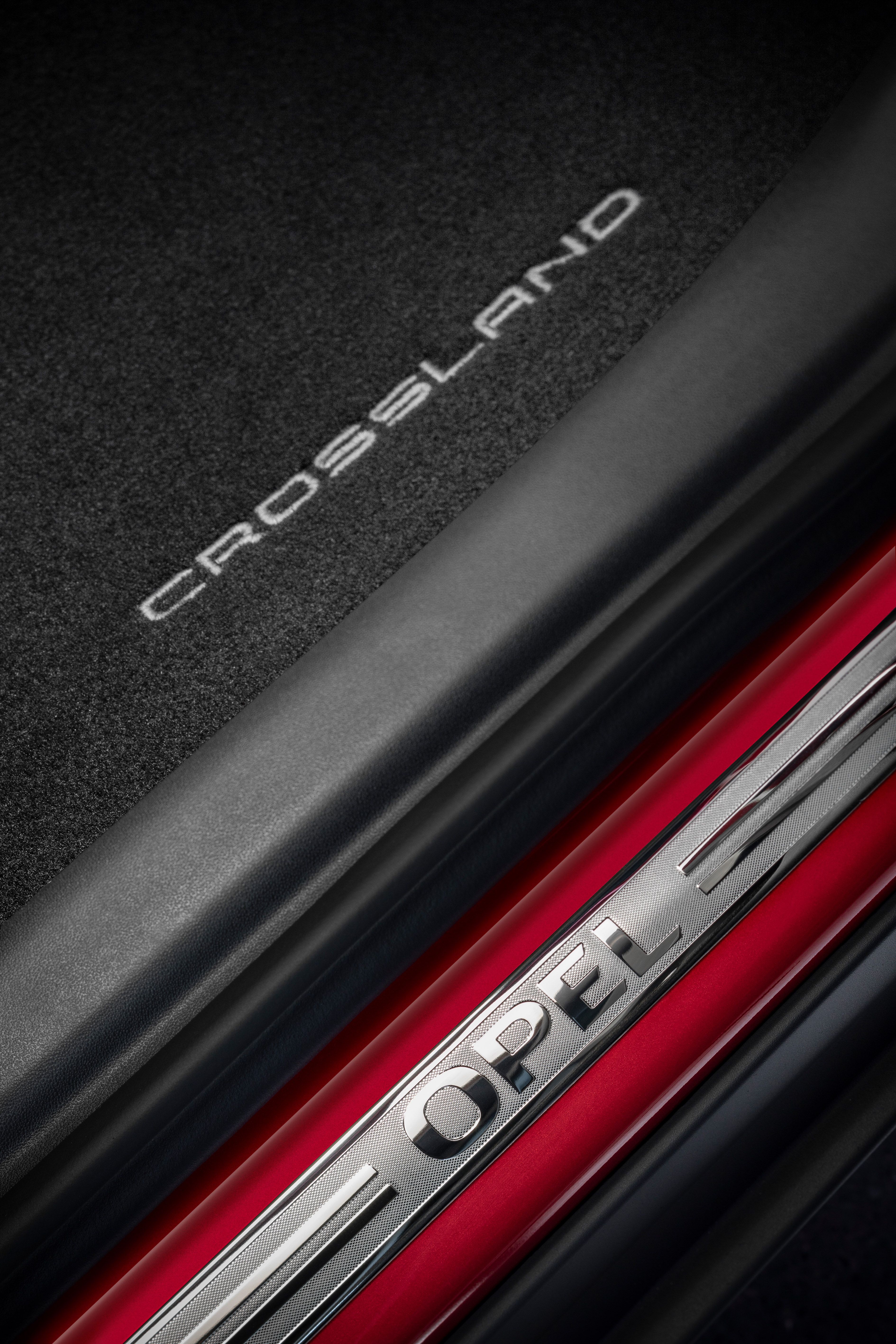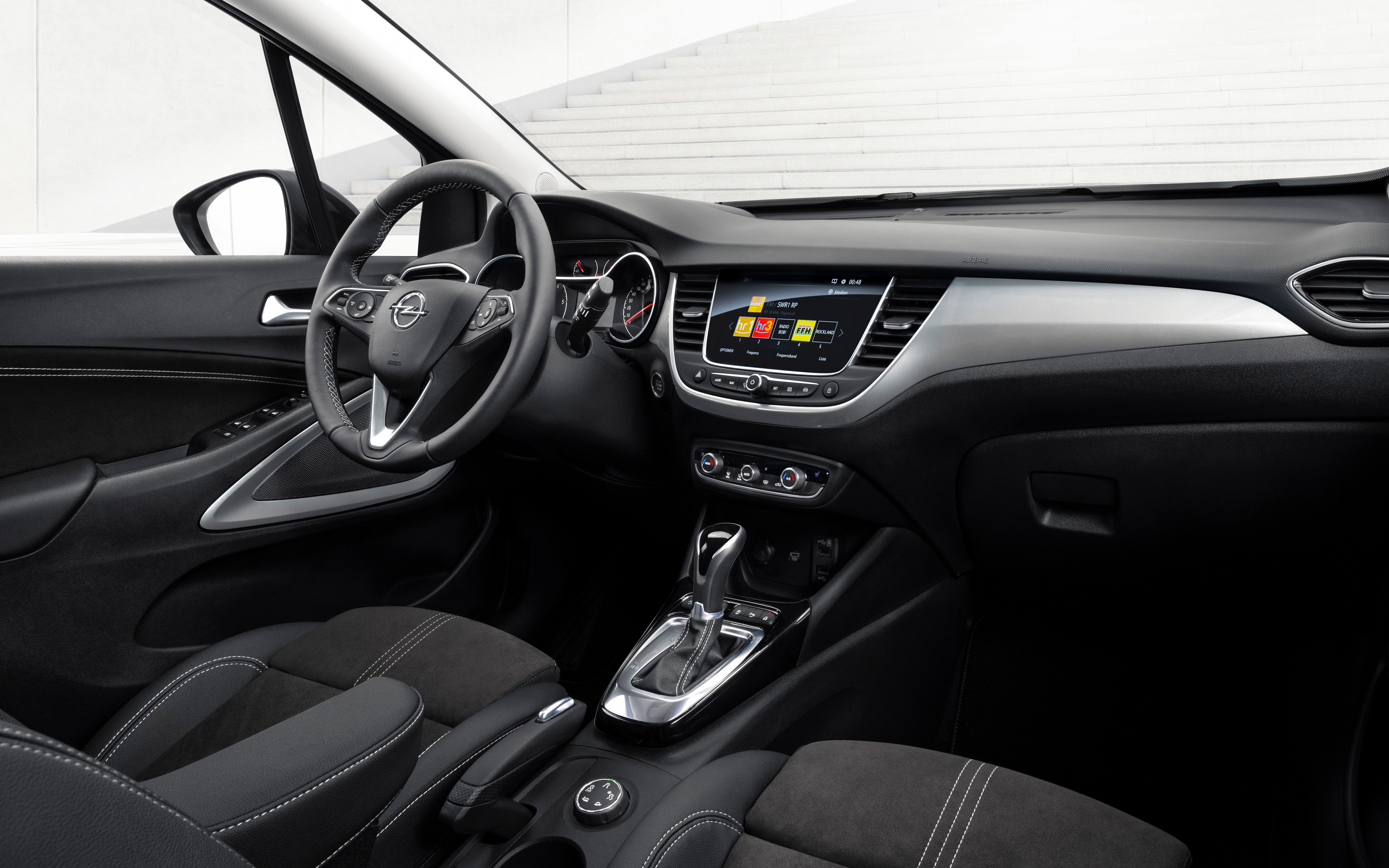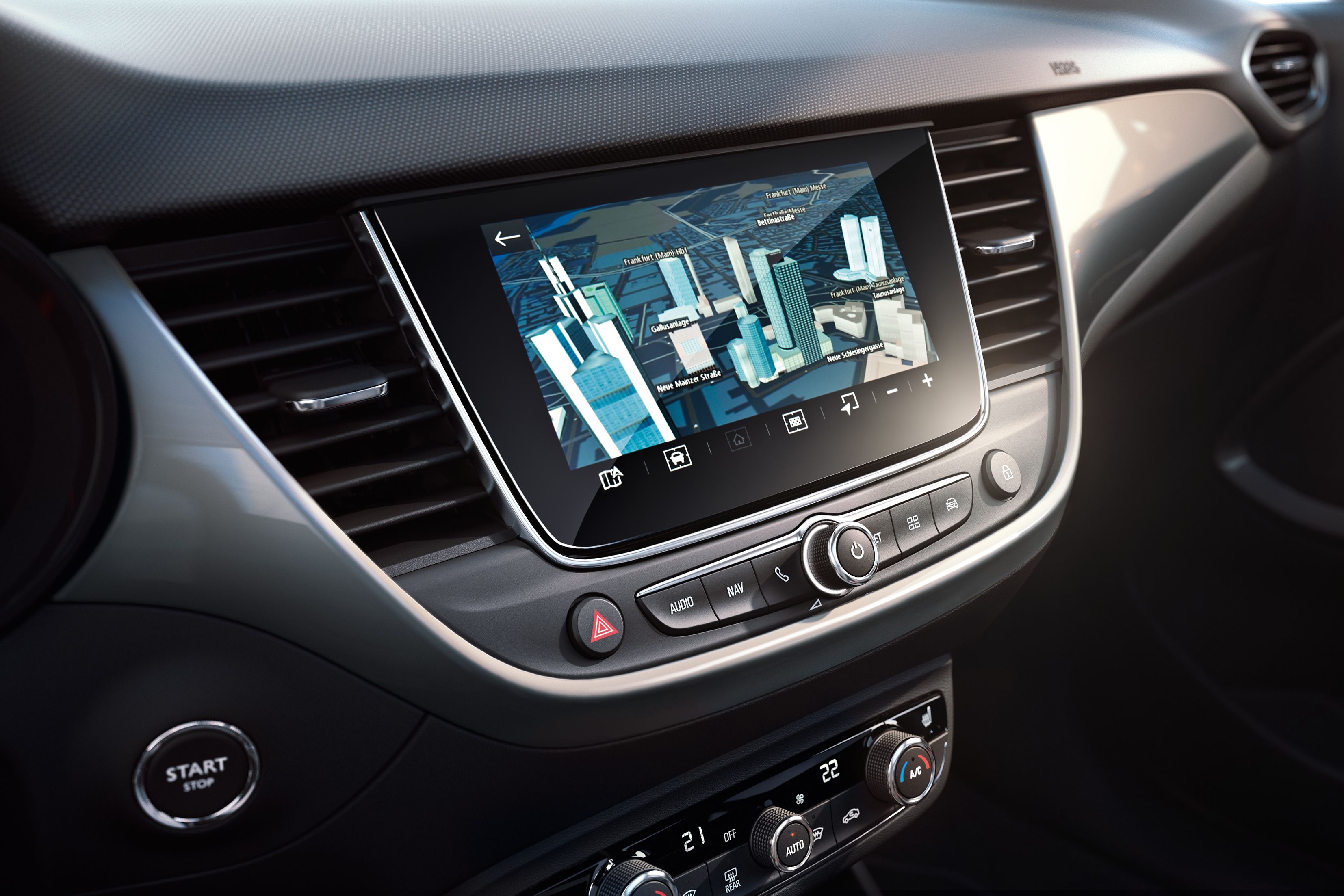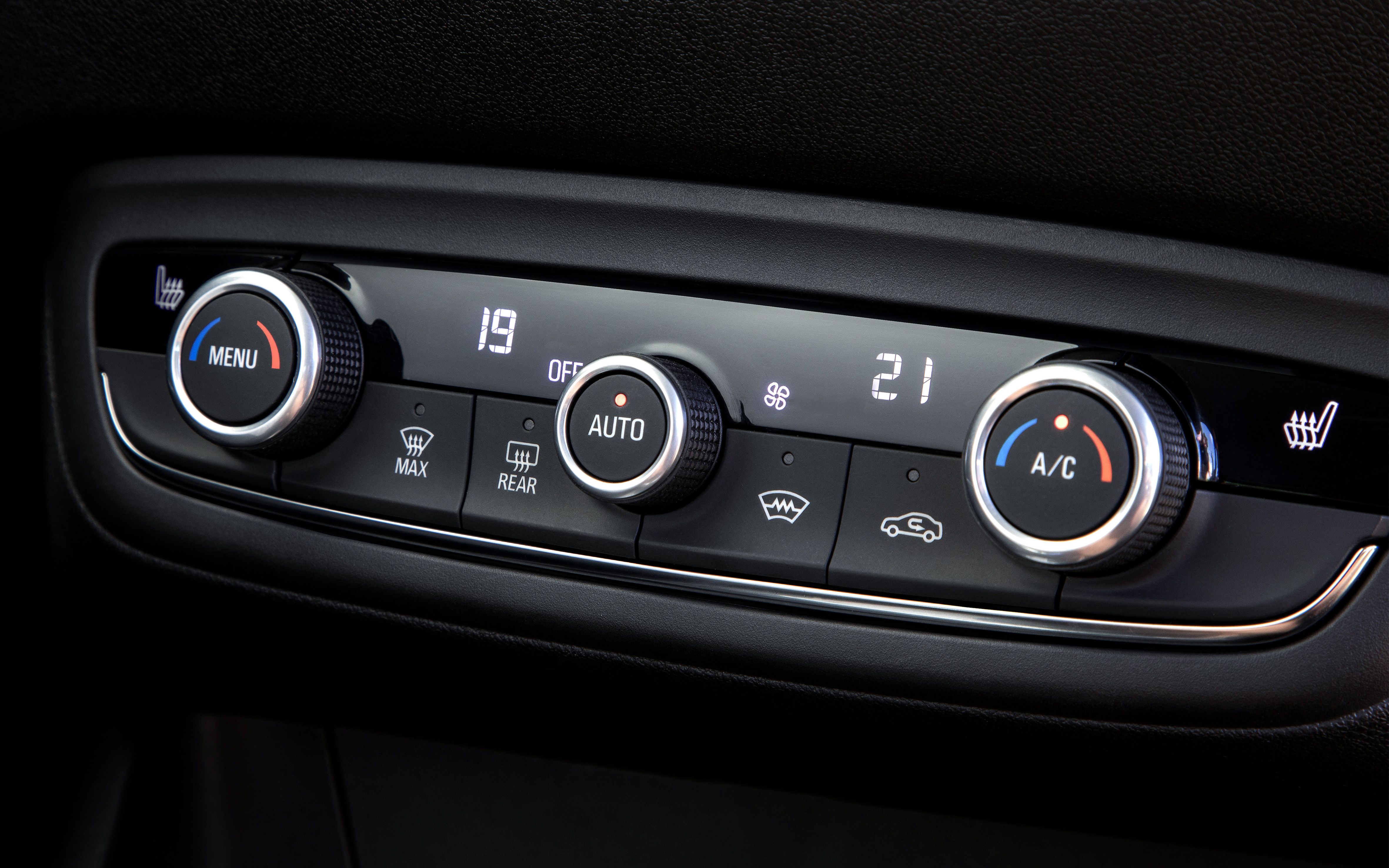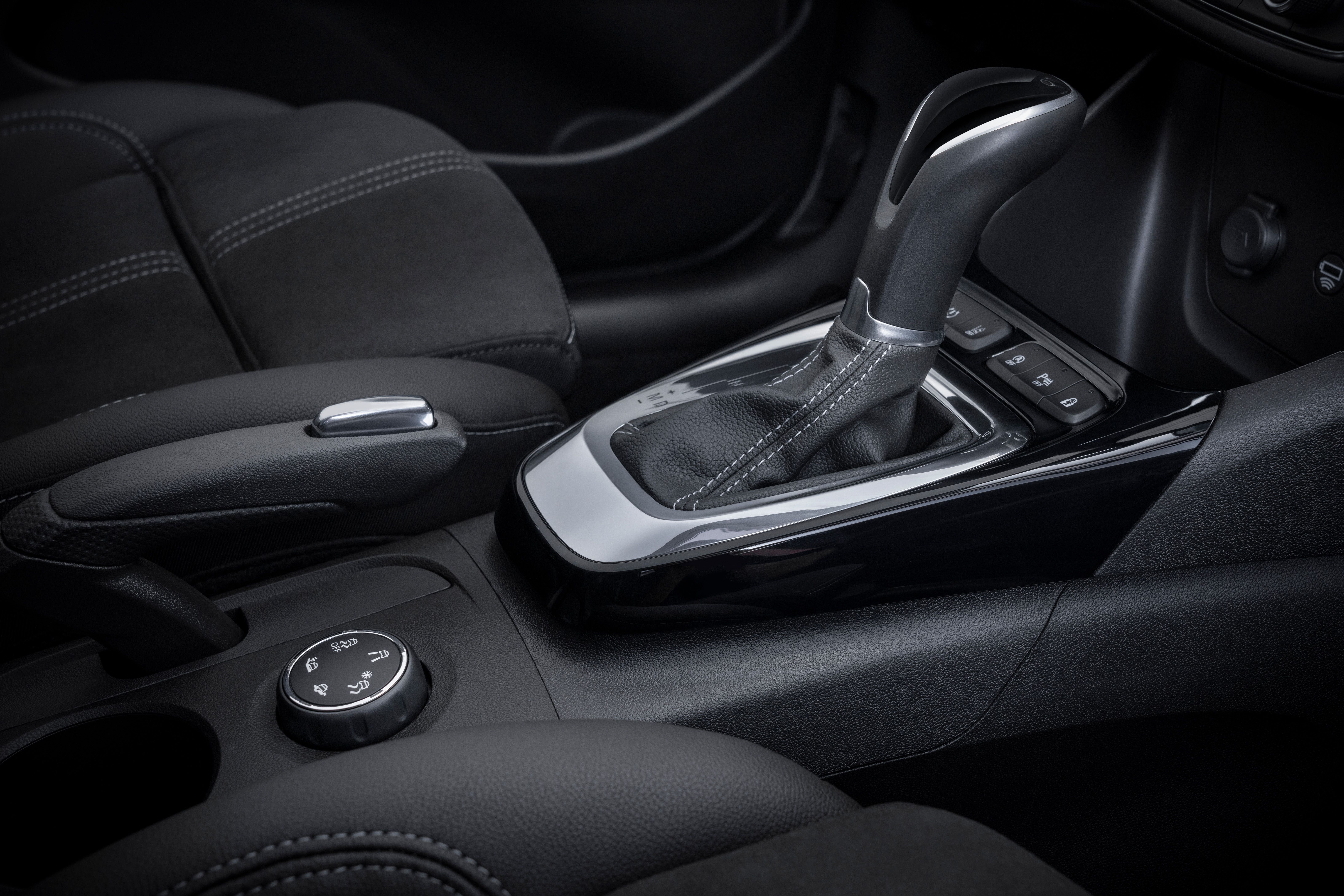Opel (or Vauxhall in the U.K.) is refreshing the Crossland crossover, which now drops the X from its previous name (Crossland X) and puts on a face inspired by the new Mokka - which also dropped the X with the new generation.
That front end design is called Opel Visor and we expect it to pop up on other future products coming from the PSA-owned brand. Here’s what the facelifted Crossland has to offer.
2021 Opel/Vauxhall Crossland
- Make: Array
- Model: 2021 Opel/Vauxhall Crossland
- [do not use] Vehicle Model: Array
What changes, basically?
Subcompact SUVs are hot in Europe and while there’s a huge pool to choose from, Opel is making sure the Crossland stays crisp as it faces tough competition from the very popular likes of Renault Captur, Peugeot 2008, Skoda Kamiq, and Seat Arona.
That said, it’s pretty obvious that the whole visual makeover departs the ‘mild facelift’ trend we see among most carmakers these days. It’s also a sign that Opel/Vauxhall is making the swap to a new brand design identity and the Crossland is episode two, after the Mokka.
Other than the front end, there are minor tweaks visible in the back. The taillights are tinted dark and the tailgate receives a gloss black finish that complements the black roof option. Nobody will venture with the Crossland off the beaten path, but Opel saw fit to install front and rear silver skid plates (they’re made of plastic, most likely) and redesign the 16- and 17-inch rims.
If that’s not enough to tickle your fancy, maybe the new GS Line+ trim will. It includes 17-inch alloys, AGR seats, LED taillights, roof rails, and a black roof - all standard.
Regardless of your pick, boot space is 410 liters (14.4 cu ft) but it can be further extended to 520 liters (18.3 cu ft) by sliding the rear bench forward. Fold the rear seats altogether and you get a trunk volume of 1255 liters (44.3 cu ft).
Now for the mechanical bits and bobs
Opel tells us the Crossland is in line for the company’s IntelliGrip setup. Don’t jump for joy just yet. The Crossland remains a front-wheel-drive vehicle, so what IntelliGrip basically does is command the ESP and traction control to automatically adapt wheel torque or brake power according to a given situation via these pre-set modes: Normal, Snow, Mud, Sand, and ESP Off (activated at speeds of up to 50 kph/31 mph).
On the engine front, the Crossland is offered with a 1.2-liter naturally-aspirated mill as the base choice. The unit makes 83 horsepower and 118 Newton-meters (87 pound-feet) of torque.
Up the ladder is another 1.2 liter (this time turbocharged) available in two output schemes: 110 horsepower and 205 Newton-meters (151 pound-feet) of torque and 130 horsepower and 230 Newton-meters (170 pound-feet of twist). The n/a 1.2-liter engine mates to a five-speed manual, while the 1.2 Turbo gets a six-speed manual or a six-speed automatic (available for the 130-horsepower version only).
Diesel options include a 1.5-liter unit available with either 110 horsepower and 250 Newton-meters (184 pound-feet) of torque or 130 horsepower and 300 Newton-meters (221 pound-feet). The former bolts to a six-speed manual, while the latter works with a six-speed automatic.
2021 Opel/Vauxhall Crossland specifications
|
Horsepower |
83 HP |
110 HP |
130 HP |
110 HP |
130 HP |
|---|---|---|---|---|---|
|
Torque |
87 LB-FT |
151 LB-FT |
170 LB-FT |
184 LB-FT |
221 LB-FT |
|
Transmission |
five-speed manual |
six-speed manual |
six-speed automatic |
six-speed manual |
six-speed automatic |
Final word
It looks like under PSA management, the Opel/Vauxhall brand is slowly coming out of the nebula it found itself in over the past few years. With a simplified name that better reflects the reality (the Crossland isn’t AWD) and a tweaked look, Opel’s crossover is now better at taking on the segment’s most popular models.

